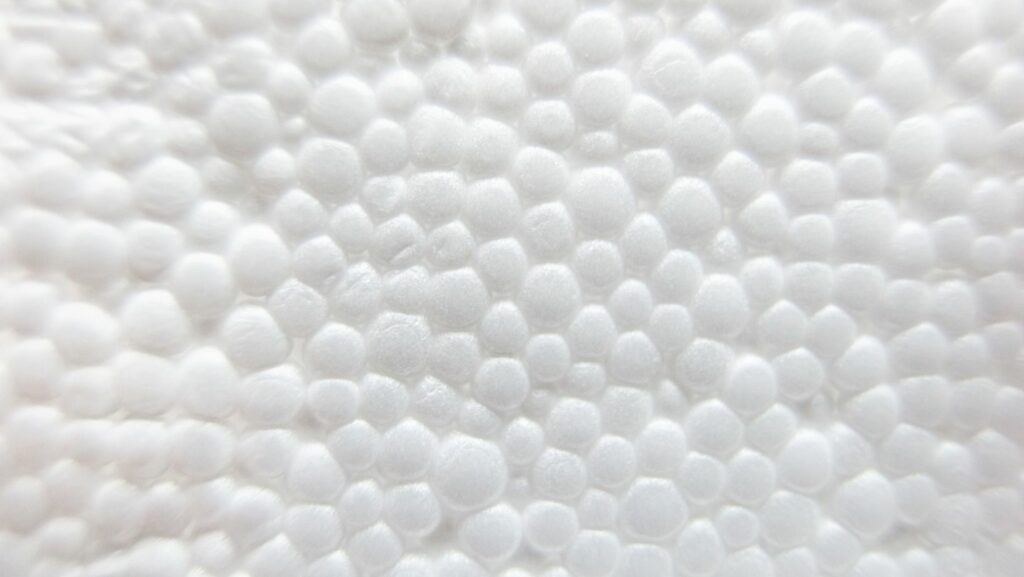Microwaves have become an essential part of our daily lives, providing convenience and speed when it comes to heating up food. But what about Styrofoam containers? Can they withstand the heat of the microwave for a short burst of time, like 30 seconds? This question has sparked curiosity and confusion among many people who are looking for a quick solution to warm up their meals. In this article, I’ll delve into the topic of microwaving Styrofoam and provide you with the information you need to make an informed decision.
Table of Contents
ToggleStyrofoam is a common material used in disposable food containers due to its insulating properties. However, there has been some debate about whether it is safe to use in the microwave. While some manufacturers claim that their Styrofoam products are microwave-safe, others advise against using them due to concerns over potential chemical leaching. So, can you really put Styrofoam in the microwave without any risks?
Can You Put Styrofoam in the Microwave for 30 Seconds
Why Microwaving Styrofoam is Unsafe
Microwaving Styrofoam can pose serious risks to both your health and safety. While it may be tempting to quickly heat up leftovers or beverages in the microwave using Styrofoam containers, it’s important to understand why this practice is unsafe.
Styrofoam, also known as expanded polystyrene foam, is made from a combination of styrene and other chemicals. When exposed to high temperatures, especially in the microwave, these chemicals can leach into your food or beverage. This poses a potential health risk as some of these chemicals are considered toxic.
Understanding the Chemical Reactions
When you place Styrofoam in the microwave, several chemical reactions occur due to the intense heat. These reactions can release harmful substances into your food or drink. One such substance is styrene, which has been linked to various health issues, including respiratory problems and central nervous system disorders.
Additionally, when heated, Styrofoam can melt and deform rapidly. This creates a risk of hot liquids spilling out or causing burns if handled without proper precautionary measures. Furthermore, microwaving Styrofoam can also cause it to catch fire if overheated for an extended period.
Potential Health Hazards
The potential health hazards associated with microwaving Styrofoam go beyond just chemical exposure. Ingesting food or drink contaminated with harmful substances from melted Styrofoam can lead to gastrointestinal issues such as nausea, vomiting, and diarrhea.
Moreover, prolonged exposure to styrene fumes released during heating can irritate the eyes, skin, and respiratory system. Individuals with pre-existing conditions like asthma may experience exacerbation of symptoms when exposed to these fumes.
To ensure your safety and well-being while using the microwave oven, it’s best to avoid putting any type of Styrofoam container inside. Instead, opt for microwave-safe alternatives such as glass, ceramic, or heat-resistant plastic containers that are labeled as safe for microwave use.

Why Styrofoam Should Not Be Microwaved
The Risks of Microwaving Styrofoam
Microwaving Styrofoam can pose various risks to both your health and the environment. One of the main concerns is that when exposed to high temperatures, like those in a microwave, Styrofoam can melt or warp, potentially releasing harmful chemicals into your food. These chemicals are known as styrene oligomers, which have been linked to several health issues, including respiratory problems and possible carcinogenic effects.
Furthermore, microwaving Styrofoam containers that are not specifically labeled as microwave-safe can result in them releasing toxic substances into your food. These substances may include styrene monomers, which are believed to be hazardous and can migrate from the container into your meal.
Exploring the Chemical Changes in Styrofoam when Heated
When subjected to heat in a microwave oven, Styrofoam undergoes chemical changes due to its composition. It is made up of polystyrene foam containing air pockets trapped within it. As the microwaves penetrate the material, they cause these air pockets to expand rapidly and create steam within the foam structure.
The heat generated during this process softens and melts the polystyrene foam, causing it to lose its shape or even collapse completely. As a result, dangerous chemicals present in Styrofoam may leach out more easily into any food contained within it.
In conclusion, microwaving Styrofoam can lead to chemical changes within the material, potentially releasing harmful substances into your food. These chemicals pose health risks and may have long-term effects on human health. It is best to opt for safer alternatives when reheating or cooking in the microwave to ensure a healthier and safer dining experience.











